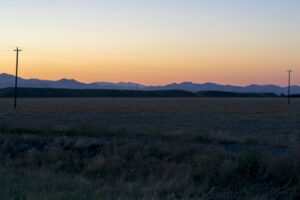
COVID-19, BLM, and Environmental Racism
By Devon Bhakta UCLA Carbon Neutrality Ambassador “That’s probably not healthy,” I remember thinking as I looked up at the crop duster flying low over my head, dispensing pesticides out…

By Devon Bhakta UCLA Carbon Neutrality Ambassador “That’s probably not healthy,” I remember thinking as I looked up at the crop duster flying low over my head, dispensing pesticides out…